On June 21, Pittsburgh City Council passed Resolution 1619-2023, which formally recognizes 28 acres between Panther Hollow and The Run—known as Junction Hollow—as part of Schenley Park. The same day, they passed an ordinance (1620-2023) that got less attention at the time but could help any Pittsburgh resident who wants to have their say in the future of a city park.
District 5 councilor Barb Warwick introduced both pieces of legislation, stressing the importance of parks. In her resolution, she wrote that Junction Hollow provides recreational space and is vital for green stormwater management. She told the Pittsburgh Tribune-Review on June 7 that Junction Hollow “has been part of the park in layman’s terms for a long time, but it’s not officially designated as a park.”
Now, it enjoys the same protections as the rest of Schenley Park.
Councilor Warwick said during a July 7 phone call that her office is working to introduce related measures over the next few months. Their common goal is to prevent development-oriented projects like the now-defunct Mon-Oakland Connector (MOC) from being forced on communities that do not want them.
Lessons Learned from the Battle of Four Mile Run
“Throughout the MOC fight, the city was trying to turn a park into a shuttle road,” Councilor Warwick said. “The city’s argument was that it used to be a road; it didn’t matter that it’s a park now. [The resolution that passed] is just to make it clear that this is a park now.”
Residents in MOC-affected communities didn’t know that Pittsburgh’s Home Rule charter gives them the right to petition the city for a public hearing on what Ordinance 1620-2023 calls “the change of use of a City Park or Greenway.” And they could have bolstered their case against allowing the MOC in Schenley Park by citing a state law called the Donated or Dedicated Property Act. It says land donated or dedicated as a park cannot be taken out of the public trust to serve other purposes. The ordinance requires the city to tell petitioners that the Donated or Dedicated Property Act exists, and that they have a right to use it to defend public land.
Councilor Warwick said her office is working on legislation to introduce in the fall setting rules for development in city parks. Without changing zoning laws, she wants to focus development only on the public’s enjoyment of the parks. For example, the MOC was a roadway or thoroughfare intended to connect two neighborhoods, not promote use of the park itself.
At the time of our interview, Councilor Warwick was planning to introduce legislation on July 18 that would change the city’s process of applying for certain grants. When a city department decides to apply for a grant worth more than $250,000 or to fund a project that is not already in the capital budget, they would have to notify City Council before applying.
“It doesn’t give us a vote, but earlier on in the process, we have an opportunity to ask questions,” Councilor Warwick explained. “If we don’t support the project and they apply for the grant anyway, when the grant does come to a vote at the end there is a record of these issues.”
The point of involving City Council earlier, she said, is “ensuring that when the city is pursuing a grant for a project, it is one the community wants or has identified as a need. That’s all we should ever be doing, but the reality is it hasn’t been. Big, visionary things are fine, but we need to be focusing on the communities’ day-to-day needs.”
Shaping the Future of Sylvan Avenue Trail
Councilor Warwick saw firsthand how communities can be left out of deciding which projects to fund with grants. During a series of public meetings about the MOC in 2018-2019, the Department of Mobility and Infrastructure, known as DOMI, applied for a grant to build the Sylvan Avenue trail (part of the MOC route) without informing the public. After receiving the grant, they pushed the project through by raising the specter of leaving money on the proverbial table.
“If they were doing this now and notified me, I would have asked, ‘Why are we applying for this grant when there are so many other things that need to be done for Hazelwood?’” Councilor Warwick said.
But since the trail project is moving forward, she added that she intends to make the best of it. “We’re trying to put money toward creating a plan for the Sylvan Avenue trail instead of it just being a DOMI bike trail. We want to include a plan for the larger space because it is now a park.”
The trail is part of the Hazelwood Greenway, which was designated a city park in December 2021. That means it has the same current and future protections as Schenley Park.
“It’s going to take years, but whatever the design is for that trail, I want it to include what that park could look like 5 to 10 years from now with investment,” Councilor Warwick said. “It’s for the community, not just commuters passing through.”
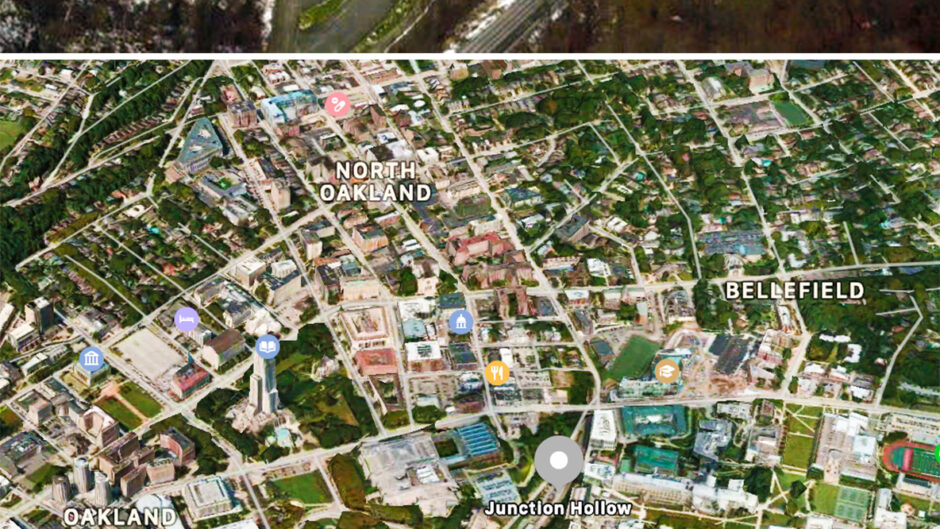
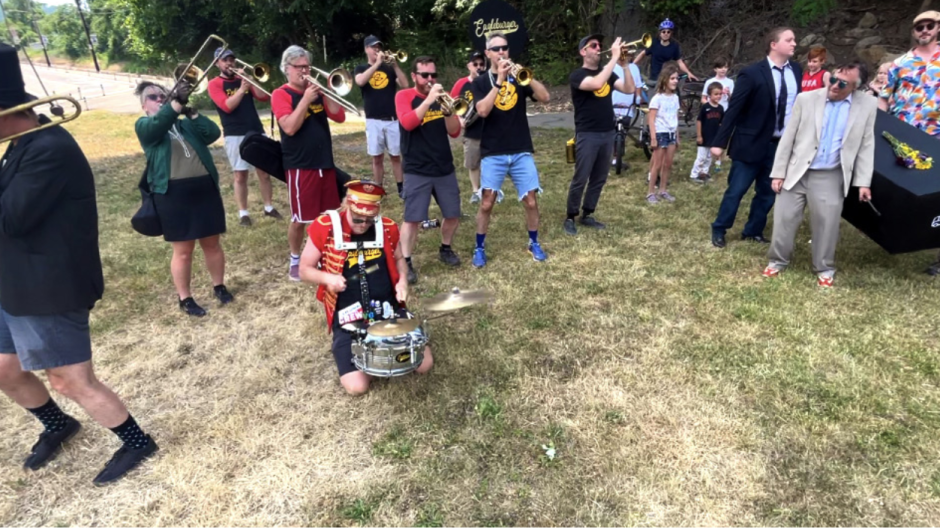

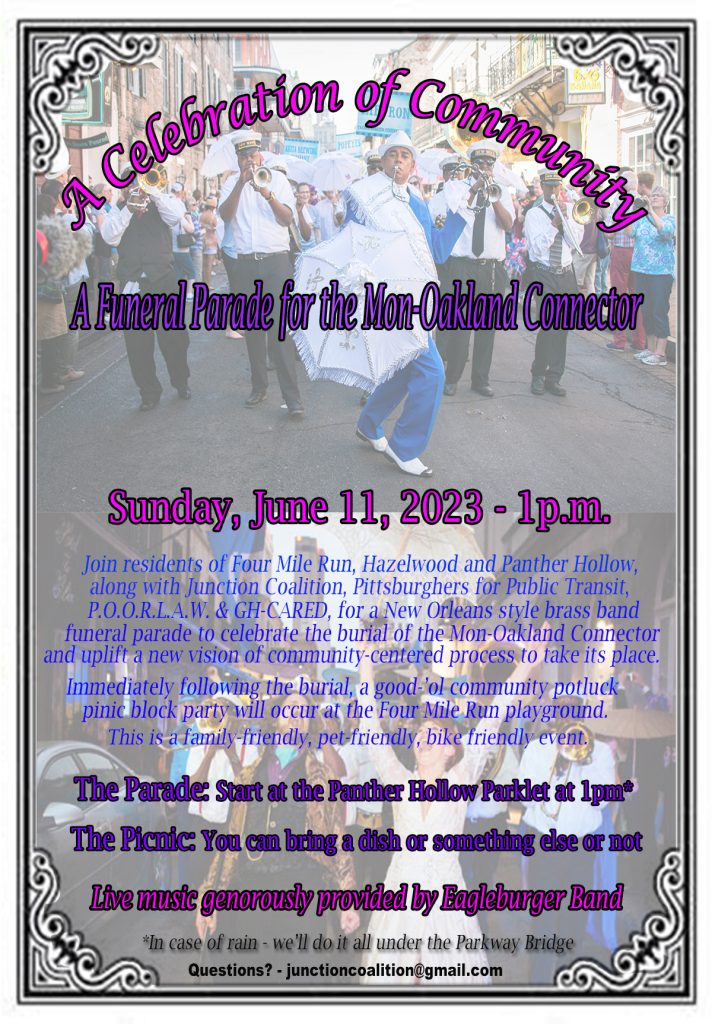
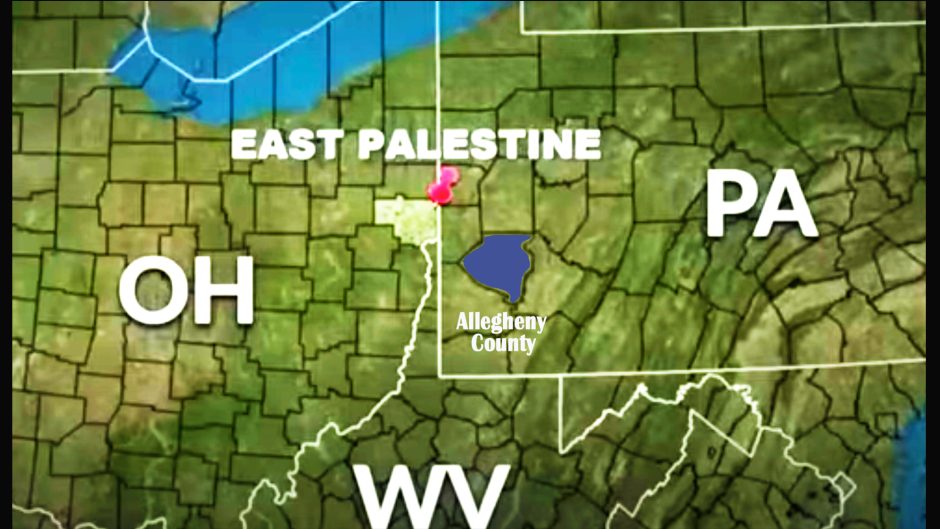
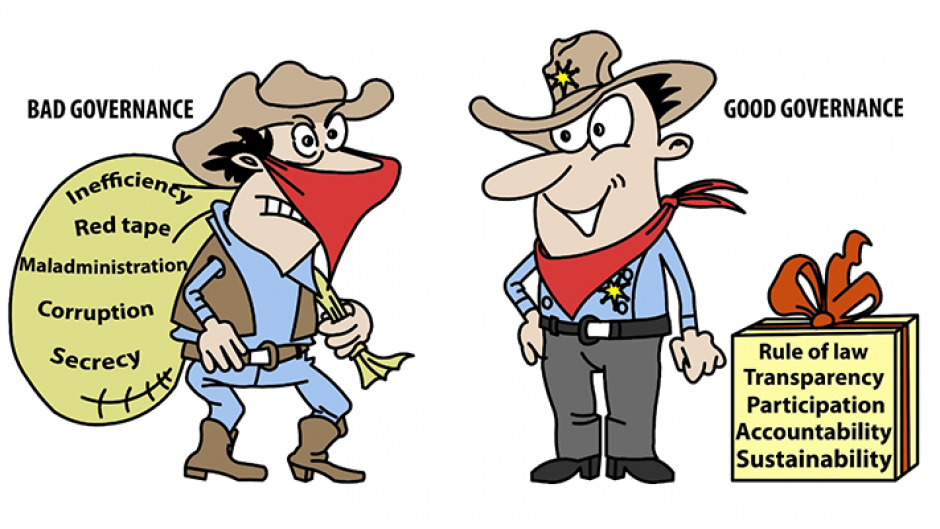
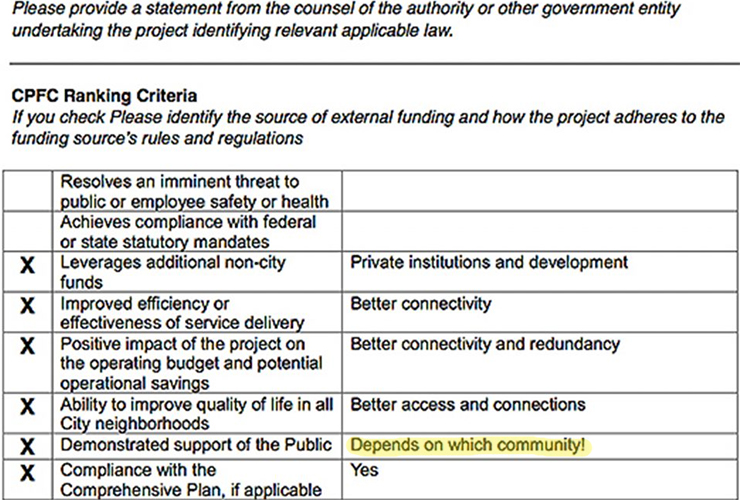
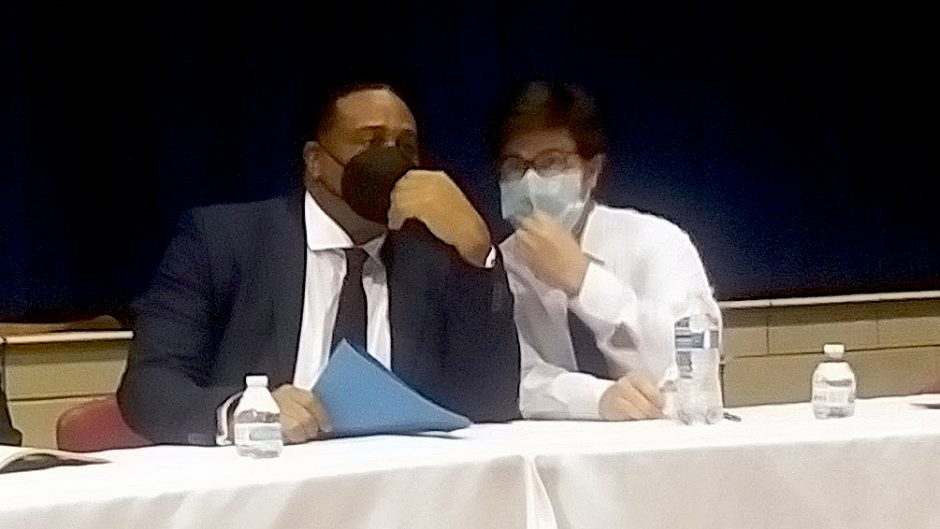
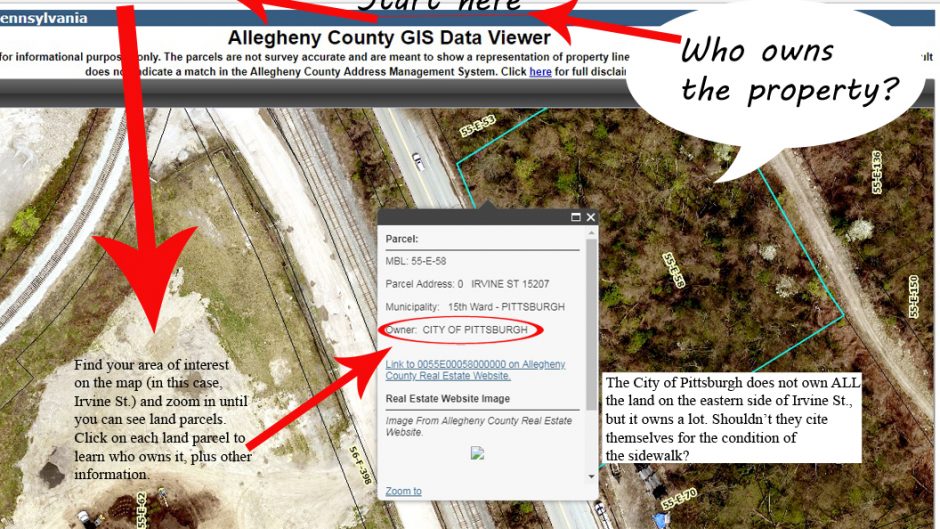
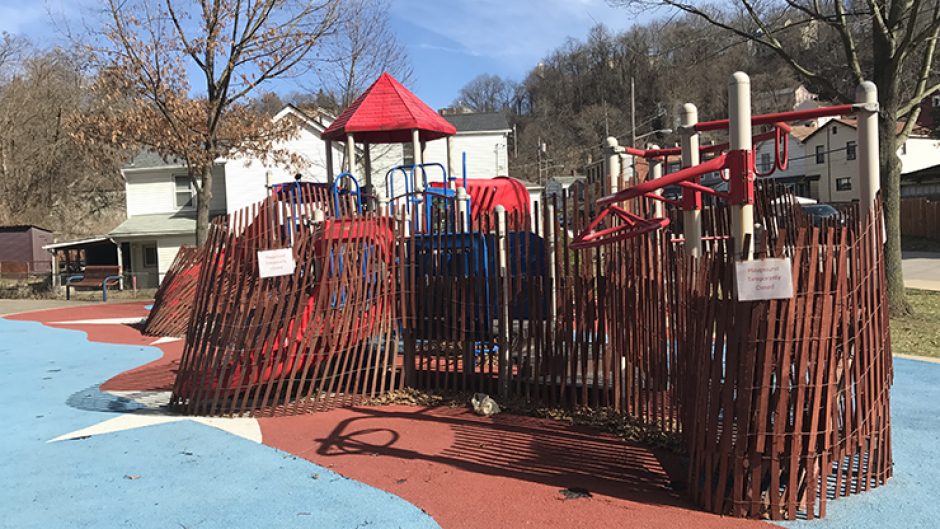
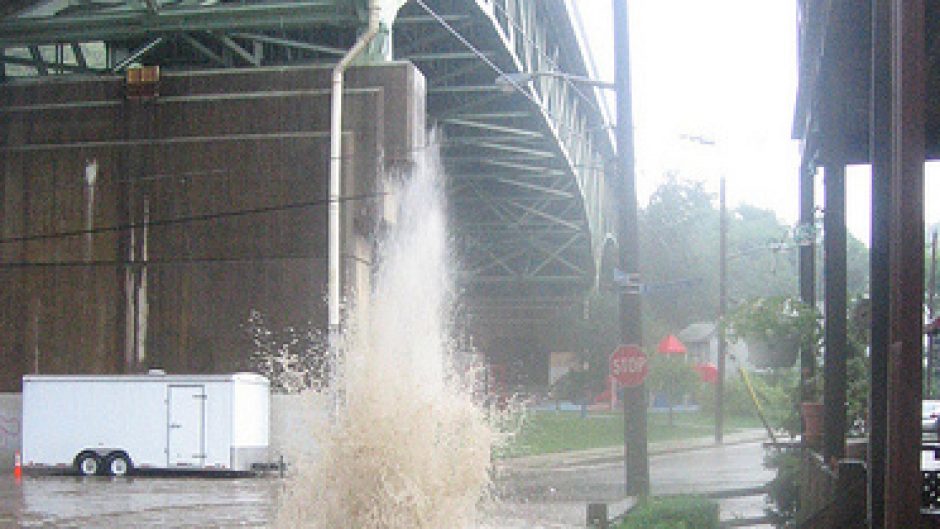
Recent Comments